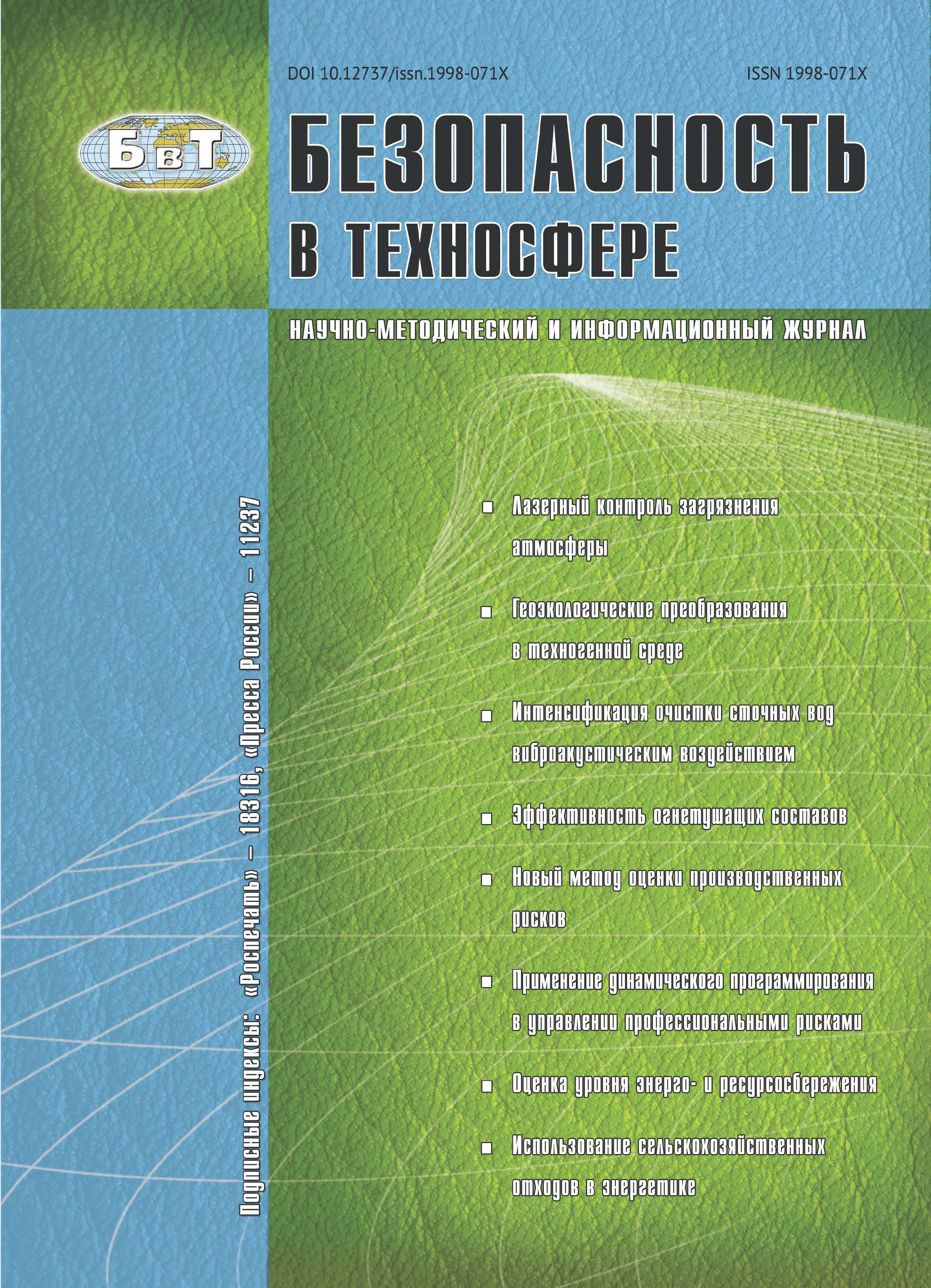Bauman Moscow State Technical University (Professor)
Moskva, Moscow, Russian Federation
The article discusses issues related to the research of the influence of sizes and location of local defects on the change in the natural vibration frequencies spectrum of the steel pipe model fixed on a single threshold. The research was made using the finite element analysis (FEA) and the SCAD computing system. Nonlinear dependence of the natural vibration frequencies on the defect size and its location was ascertained. Such nonlinearity in the course of defects accumulation is classified as a genetic nonlinearity. Completed research reveals that the scale and the location of defects can be determined by the pattern of their change during the monitoring of main dynamic characteristics in the course of the building operation. It has been ascertained that the first frequency of torsional natural vibrations of the pipe declines with greater intensity than the first and other lateral vibration frequencies in case of a specific location of a growing local defect. There have been no regulatory requirements for the time being to the analysis of structures (flue stacks) subject to torsional vibrations. However, for example, it was ascertained during the expert examination of anchoring of a steel pipe in service and having vertical stiffeners throughout the height that all the anchors damaged circumferentially have an inclination to one and the same side. Furthermore, the value of such an inclination coincides with results of observations of the pipe top deviation change in azimuth. An attempt was made during the research to determine the limit value of frequencies that would correspond to occurrence of the first, the second or the third limit states of operated construction structures with defects.
defect, natural vibration frequency, frequency spectrum, genetic nonlinearity, vibrations, monitoring, limit state, threshold value, facilities, defect, damage.
1. Предисловие
Сложные инженерные сооружения и здания в процессе эксплуатации испытывают значительные статические и динамические нагрузки, которые часто приводят к изменению их положения в пространстве, к нарушению целостности, образованию локальных и площадных повреждений и дефектов, а иногда и к разрушению. Поэтому своевременный неразрушающий контроль за состоянием несущих конструкций с помощью современных автоматизированных средств диагностики позволяет оперативно реагировать на изменение динамических характеристик сооружений и своевременно предупреждать чрезвычайные ситуации.
Известно, что частоты и формы собственных колебаний являются важнейшими динамическими характеристиками конструкций. Зная частоты и формы собственных колебаний, инженер в общем случае имеет возможность решать различные задачи. Остановимся на двух из них.
Первая задача состоит в том, что, зная частоты и формы, а также возмущающие нагрузки, можно не только полностью провести динамический расчет конструкции, но и предусмотреть возможные мероприятия по уменьшению ее колебания. При этом результаты расчетов, например, на гармонические нагрузки при резонансе или вблизи резонанса очень чувствительны к малейшим изменениям характеристик рассчитываемой динамической системы, ибо даже небольшое изменение собственных частот может во много раз увеличить или уменьшить амплитуду колебаний [1]. Поэтому при расчете на периодические нагрузки обязательно должна учитываться возможная неточность в определении собственных частот, а также возможность изменения собственных частот конструкций в процессе эксплуатации здания или сооружения.
1. Handbook on Structural Dynamics. Ed. by B.G. Korenev, I.М. Rabinovich. М., Stroiizdat, 1972, 511 p (in Russian).
2. Blume J. Vibration Periods of a 15-story Building. In the Collection of Articles of the San Francisco World Conference on Earthquake Engineering, М., State Publishing House of Construction, Architecture and Construction Materials Literature, 1961, pp. 115-141 (in Russian).
3. Polyakov S.V. Seismic Structures of Buildings. М. Vyshaya Shkola, 1969, 336 p (in Russian).
4. Seismic Structures Abroad. General ed. by V. I. Nasonov. М., Construction Literature Publishing House. 1968, 223 p (in Russian).
5. HisadaТ., Nakagawa K. Vibration Tests on Various Types of Building Structures up to Failure. In the Collection of Articles of the San Francisco World Conference on Earthquake Engineering. М., State Publishing House of Construction, Architecture and Construction Materials Literature, 1961, pp. 60-71 (in Russian).
6. Handbook on Resistance of Materials. Ed. by G.S. Pisarenko, Kiev. Naukova Dumka. 1988, 735 p (in Russian).
7. Karnilovsky V. S., Kriksunov. E.Z., Malyarenko, А.А., Perelmuter А.V., Perelmuter N.А. SCAD Computing System, 2004, 592 p (in Russian).
8. Kawasumi H., Kanai K. Small Amplitude Vibrations of Actual Buildings. In the Collection of Articles of the San Francisco World Conference on Earthquake Engineering. - М., State Publishing House of Construction, Architecture and Construction Materials Literature, 1961, pp. 46-59 (in Russian).
9. Perelmuter A.V. Design Models of Structures and Opportunities of Their Analysis. / Perelmuter A.V., Slivker, V. I. - Kiev: VPP Kompas, 2001, 448 p.: Illustrated (in Russian).






